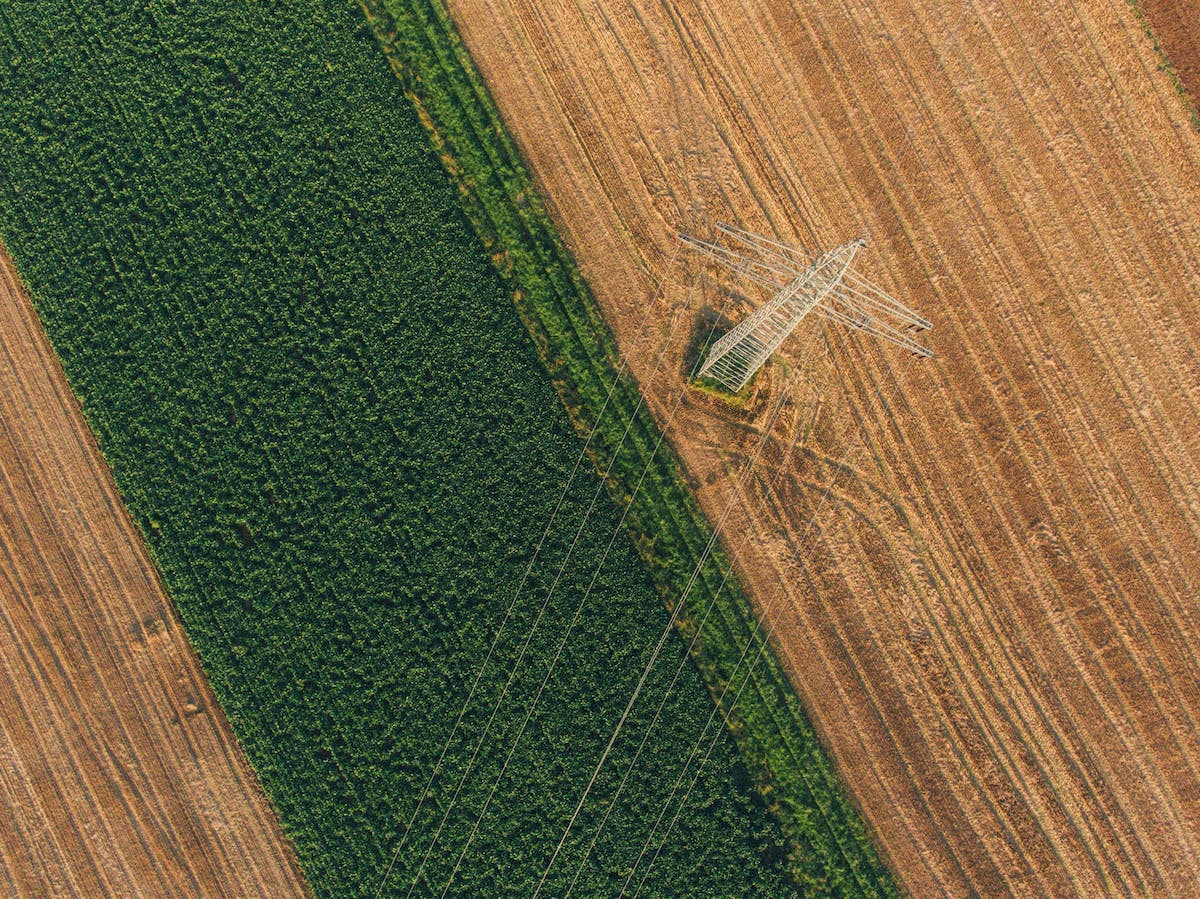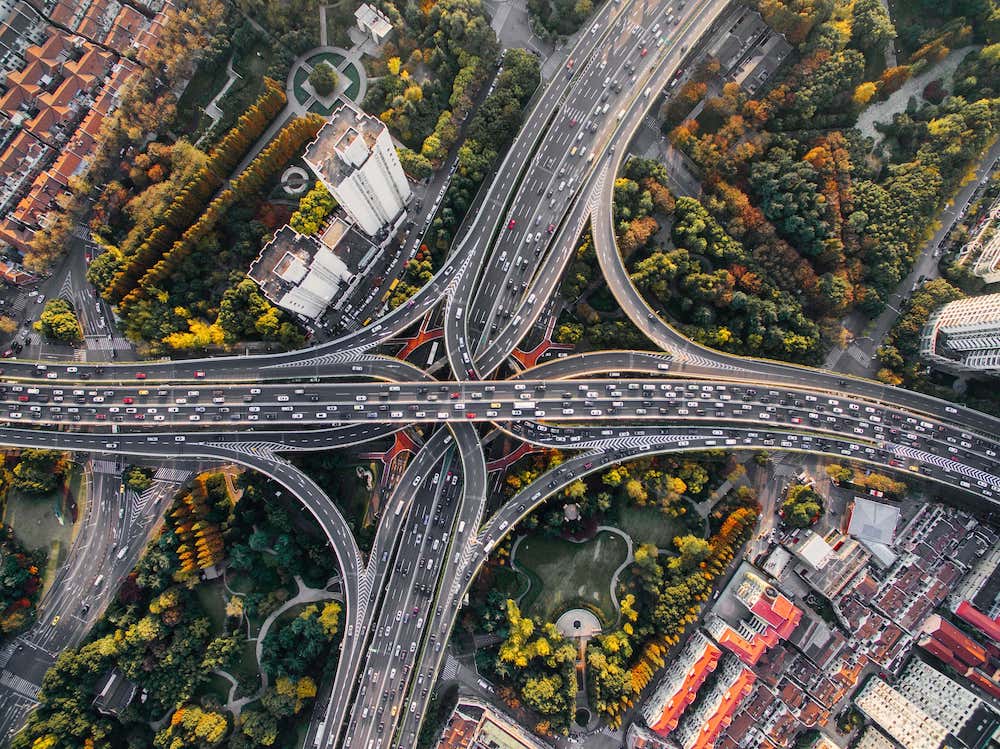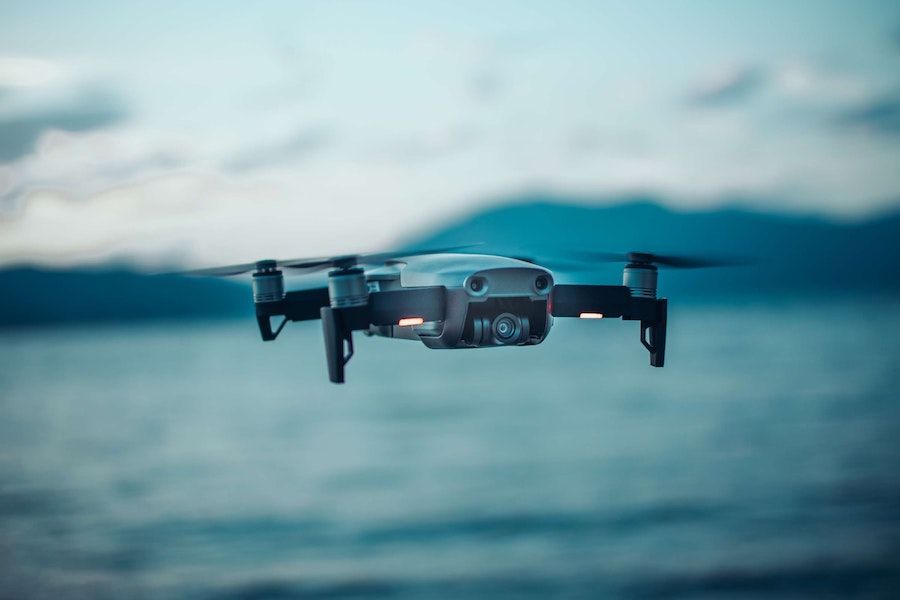How high can you go with a drone? Opportunities & limitations of a drone
Rent film gear from local filmmakers.

Rent film gear from local filmmakers.
If you are simply eager to learn about drones' technical and legal limitations, this article will walk you through all you need to know.
If you're looking for more than just a drone check out our article on fundamental camera equipment.
How high can a drone fly (legally)?
Let's start by discussing the distinction between range and height constraints. When a drone has a 10 km range, it doesn't mean it can fly up to 10 kilometres of altitude. But if it has a range of 10 km, it will not fly higher than 10 km. Distance is solely controlled by signal strength. In contrast, altitude is restricted by two factors: signal intensity and air density and regulation.
The legal restrictions are dependent on your region's norms and regulations.
According to Popular Mechanics, the highest height in Europe is regulated at 500 feet by legislation.
You will be liable to considerably stricter limitations in the United States, with a max altitude limit of 400 feet.
Bear in mind that these are optimum heights proportional to your takeoff height, not sea level. Furthermore, the Federal Aviation Administration (FAA) only allows users to fly a drone to visual contact - Visual Line Of Sight.
You can, nevertheless, appeal to the FAA for a special license or exemption, as well as the governing authorities in your area.
How high can a drone fly (physically)?

The maximum altitude that a drone can fly is 10 kilometres (33,000 feet), as evidenced by both military drones and youtube videos of adventurers.
Drones with rotating rotors get a physical limit of roughly 10 kilometres (33.000ft). This is because as you move higher in altitude, the air becomes thinner, and there will be very little force capable of maintaining its mass in the atmosphere (pushing the rotor blades). However, this is a hazardous activity, and you should only fly inside the legal height limitations in your area.
Can you fly higher than 400ft?
Most drones should not fly more than the maximum altitude of 400 feet, which applies to recreational and commercial drone pilots.
According to official aeronautical regulations designed for drone flight – a drone's altitude cannot exceed 400 feet from the ground unless it is "flown within a 400-foot perimeter of an object and does not stay airborne than 400 feet over the structure's immediate topmost limit."
The rule's wording immediately suggests an exception: You can fly above 400 feet if you're flying near a (probably) colossal structure. There's still some ambiguity, as it doesn't define "object" or specify where the 400-foot limit should be surveyed from.
How to stay within the 400ft limit?

You must adhere to FAA standards and keep your unmanned aerial vehicles below 400 feet.
To ensure that the drone stays within the operational restrictions, we recommend establishing an altitude restriction of 390 feet.
Thankfully, the DJI Go 4 programme allows you to set a height limit for all DJI drones.
To select an elevation limit, you need to:
- Open DJI Go 4,
- Login,
- Hit the three dots in the top right corner,
- Tap the drones symbol at the top,
- Scroll to the bottom to Set Max Flight Altitude,
- And input the required limit.
Remember that the measurements are in metres. Setting a maximum flight height limit of 118 metres (390 feet) is recommended. You can always adjust this restriction if you are flying from a tall building.
What are the consequences of flying above 400ft?
Drones are typically prohibited from operating in airspace and staying away from population, being downed at nighttime, and operating only under a 400-foot height ceiling.
Due to the apparent exclusions and non - compliance, the height limit for flight missions remains a highly unclear rule. As a result, several drone manufacturers began to install an application restriction on their drones that stops them from achieving more than 400 feet of altitude.
Are there different rules for recreational use and commercial use?

Recreational purposes
Drones used for recreational purposes are limited to flying under 400 feet in uncontrolled airspace and are prohibited from flying in restricted airspace.
Although there is still a means to request permission to fly in uncontrolled airspace, the 400-foot rule has remained unchanged and does not allow for an "exemption." Recreational drone operators are likewise not exempt from the 400-foot rule.
Commercial purposes
The restriction is the same for commercial drones licenced under Part 107, with one key exception: pilots may fly their drone beyond 400 feet when inside 400ft of a structure, as per the regulation.
Thanks to an exception, commercial drone pilots can now provide activities such as inspections of telephone lines, towers, and industrial machinery. The argument is also that drones will still be able to fly around these significant structures, and thus drones can fly over them at higher elevations.
Certified drone pilots are likewise expected to be capable of dealing with such situations.
3 things to consider for high-altitude flying
1. Absolute Ceiling
The greatest height where an aircraft can maintain range flight is called the absolute ceiling. The power of the engines equals the full gravity at this height; therefore, the drone ceases rising.
2. Above Sea Level Maximum Service Ceiling
Also suggested as a maximum takeoff height. That's the highest altitude at which the drones can still fly at a speed of 100 feet per minute.
3. Maximum Range
If the drone's maximum distance (signal-wise) is less than its flying ability is higher, the drone's height and breadth range will be the same.

5 of the highest-flying drones
1. Autel Evo 2
- 40 mins charging
- 9 km range
- 7 km ceiling
- 800m software height
2. Parrot Anafi
- 25 mins charging
- 4 Km range
- 4.5 ceiling
- unlimited height
3. DJI FPV Drone
- 20 mins charging
- 10km range
- 6 km ceiling
- 500m software height
4. DJI Mini 2
- 31 min charging
- 10km range
- 4km ceiling height
- 500m software height
5. WingtraOne
- 59 mins charging
- 10km range
- 5km ceiling
- 2.5lm software limitation

Rent or subscribe to your next drone
As a rule of thumb, you should never surpass the 400 feet height limitation for drone flying. Of course, there are exemptions, but to maintain a safe flight, you need to stay within these drone flight limitations.
So, if you're ready to embark on a high-flying adventure, get your hands on your next drone by renting or subscribing to a drone.
How High Can a Drone Fly FAQ
How high can a drone fly legally?
A drone can fly 400 meters high legally.
What is the maximum altitude for a drone?
The highest altitude a drone can fly is 10 km (33,000 ft).
How high can a DJI drone fly?
DJI can fly 400m - 500m.
Rent a drone from local creators.
Save up to 40%.
Global Coverage included.
https://images.wedio.com/images/listing_images/images/1949796/300x215/rent-dji-mavic-mini-on-wedio.jpg
https://www.wedio.com/en/rent/drones
https://images.wedio.com/images/listing_images/images/1915165/300x215/lej_mavic_2_pro_med_pilot_p__wedio.jpg
https://www.wedio.com/en/dji-mavic-2-pro
https://images.wedio.com/images/listing_images/images/1915165/300x215/lej_mavic_2_pro_med_pilot_p__wedio.jpg
https://www.wedio.com/en/rent/drones
https://images.wedio.com/images/listing_images/images/1934651/300x215/DSC05493-kopi.jpg
https://www.wedio.com/en/dji-mavic-air























